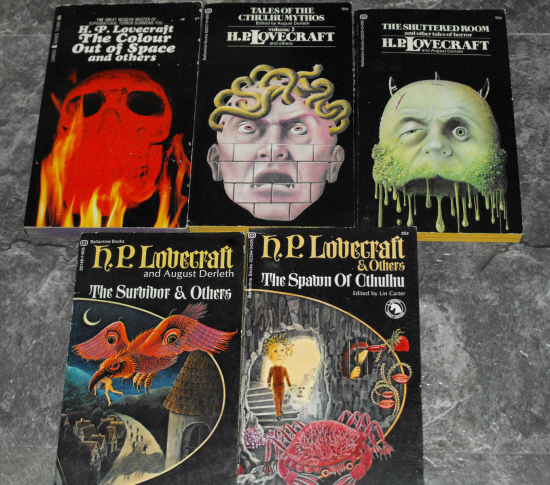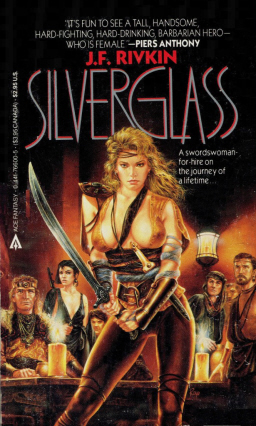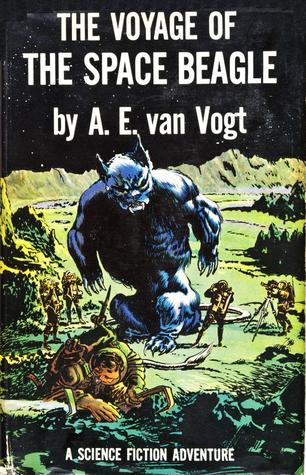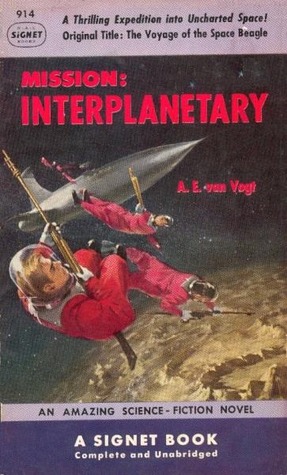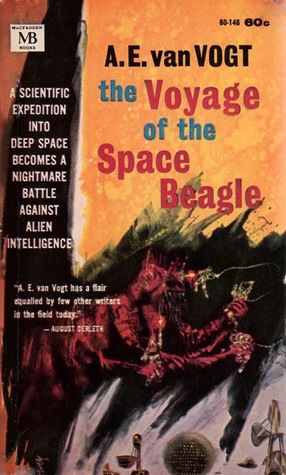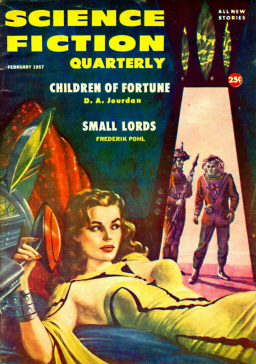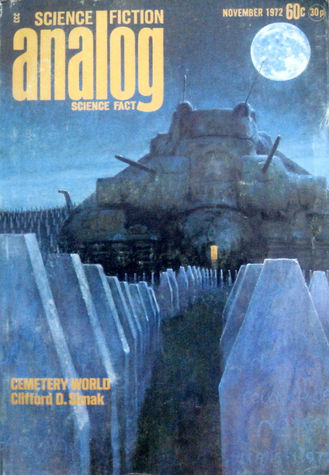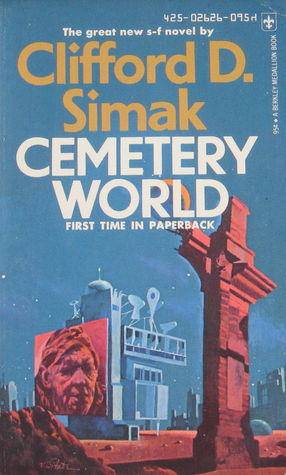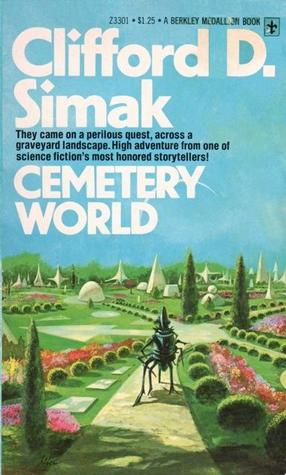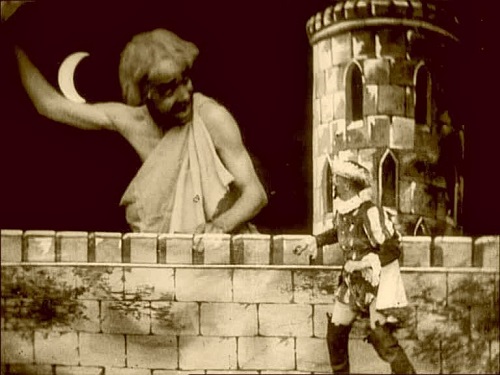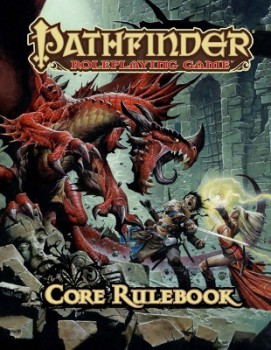Vintage Treasures: Down to a Sunless Sea by Lin Carter
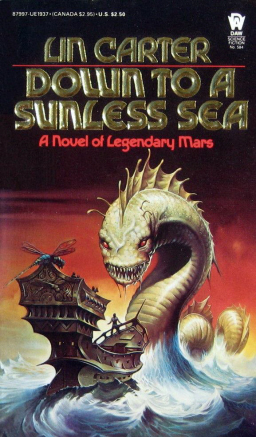 We’re big fans of Lin Carter here at Black Gate. He was one of the most influential figures in 20th Century fantasy, chiefly as the editor of the Ballantine Adult Fantasy (BAF) line of paperback reprints, the six volumes of The Year’s Best Fantasy Stories, and the groundbreaking Flashing Swords! sword & sorcery anthologies. He was also one of the hardest working professionals in the genre. Carter edited a BAF volume every single month between May 1969 and April 1974 (65 total), and in the same time period produced over a dozen novels and numerous short stories.
We’re big fans of Lin Carter here at Black Gate. He was one of the most influential figures in 20th Century fantasy, chiefly as the editor of the Ballantine Adult Fantasy (BAF) line of paperback reprints, the six volumes of The Year’s Best Fantasy Stories, and the groundbreaking Flashing Swords! sword & sorcery anthologies. He was also one of the hardest working professionals in the genre. Carter edited a BAF volume every single month between May 1969 and April 1974 (65 total), and in the same time period produced over a dozen novels and numerous short stories.
Although his own fiction output was prodigious, Carter is remembered today chiefly as an editor rather than a writer. In his fond review of Carter’s 1984 novel Kellory the Warlock back in March, Fletcher Vredenburgh gave us a blunt assessment of his skill as a writer:
Poor Lin Carter: perhaps the greatest champion heroic fantasy ever had, an editor with few equals, one of the most knowledgeable fan boys in the world, but a poor writer. I think he would have liked his stories and novels to be remembered more fondly than they are. I believe Kellory the Warlock proves he had the potential to have been a better writer…
Most of his fiction, rarely more than pastiches of his favorite authors (Howard, Burroughs, Lovecraft, and Dent), never garnered enough attention to be republished… Carter was no master stylist and it can get a little irritating. Most of the time, he was trying to create fun, quick reads that were recreations of his favorite writers. In a way, he was writing fan fiction; it’s just that he got his published.
Personally, I’ve always been curious about Carter’s Mars novels, since they seem to be more fondly remembered today than much of his other fiction. I’ve always assumed they were Burroughs pastiches, but the Author’s Note to the final volume, Down to a Sunless Sea, makes it clear that they were actually inspired by the Queen of sword-and-planet fiction, the great Leigh Brackett herself.

